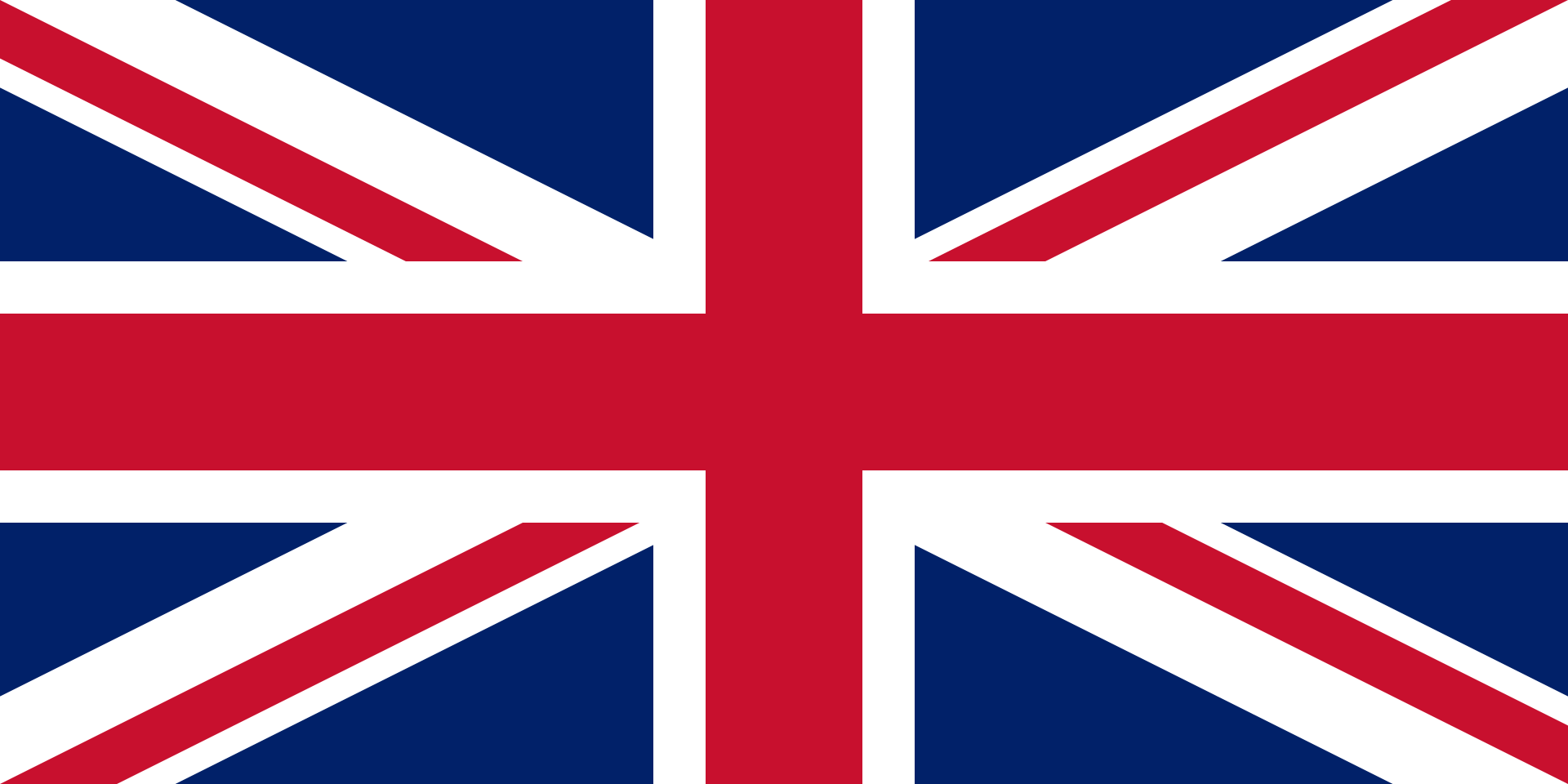Union Jack or Union Flag?
Posted by Flag and Bunting Store on 22nd Mar 2023
Should the British national flag be called “the Union Flag” or “the Union Jack”? Many believe it is only the 'jack' when its flown from Naval Warships and shouldn't be called the Union Jack at any other time. However, according to the Flag Institute "it is generally accepted that either name may be used".
To give you some background to the various theories, here is a brief history of the evolution of the Union Jack Flag.
Since its inception in 1606 the British Flag has had many names. When it was first introduced by James I, it was known simply as the ‘British flag’ or ‘flag of Britain’, and was ordered to be flown from the main masthead of all English and Scottish ships, warships and merchant ships. Gradually other names were used and throughout history, some of which include:
- The Britain; The British Flag;
- The Banner of the Union; the Union; the Great Union; the Flag of the Union; the Union Flag.
- His Majesty’s Jack; The King’s Jack, Our Jack; the Jack; the Jack Flag; the Union Jack.
The use of the name 'Union' appear historically in 1625, but the use of 'jack' as a derivative is less clear.
Historical records are hard to come by at this time but here are some theories of where the term 'jack' came from.
- The word “jack” derives from the name of James I, who first ordered the Flag. French was the courtly language at the time and so it is suggested that “jack” comes from “Jacques”, French for James.
- In Middle English, the word “jack” was applied to a short close-fitting jacket or a protective coat, some of which bore heraldic symbols and it has been suggested that the name was transferred to the flag. However, there is no evidence whatsoever that the Union pattern was ever worn on personal clothing.
- A more probable explanation is that 'jack' was commonly used for something that is small. Hence, a “jack flag” was a small flag, and this became shortened to “jack”.
The Flag Institute states, The first Proclamation of the Flag by James I in 1606 reads: “From henceforth all our subjects of this Isle and Kingdom of Great Britain and the Members thereof shall bear in their maintop the Red Cross, commonly called St. George’s Cross and the White Cross, commonly called St. Andrew’s Cross, joined together according to a form made by our Heralds and sent by Us to our Admiral to be published to our said Subjects” The resulting version of the Union Flag is shown below.

During the eighteenth century, the Ensign became the flag used by the British Navy, so it grew customary to fly the Union Jack only when in harbour, and from the ‘jackstaff’ - a specially rigged staff in the bows.
Whilst many will say therefore, the term 'Union Jack' originates from when it is flown on the jackstaff, we have seen that the term ‘jack’ was already in use 150 years before, originally denoting size rather than position. This notion is a relatively recent idea. From its earliest days, the Admiralty often referred to the flag – however it was used – as the Union Jack. In 1902 an Admiralty Circular announced that either name could be used officially. And in 1908 the UK Parliament approved this verdict, stating that ‘the Union Jack should be regarded as the National flag’.
The Royal proclamation in 1801, after the union of Great Britain and Ireland, added the red saltire of St Patrick (to represent Ireland) to give the current Union Flag design. The home nation of Wales is not represented separately in the Union Flag as at the time of the flag's design, the cross of St George represented all of England and Wales.

There has never been any official name for the Union Flag, no name is specified in any Acts of Parliament, or in Royal Proclamations or in Orders in Council. The name “Union Flag” has been the most commonly used name in official documents since 1674, but it has not been exclusively so. The name “Union Jack” has been preferred by the Royal Navy and almost exclusively by the general British public.
While we have shown the word “jack” is historically a technical term for a small flag, the term “Union Jack”, has become the popular name – just as the name “Old Glory” is given to the Stars and Stripes of the United States.
Regardless of the actual origin of the term “Union Jack”, it has been adopted almost universally by the public. Generations have wrestled with the subject, but are unable to draw a conclusive view. It is certainly the considered view of the Flag Institute that both terms are correct; and that either may be used. They state, It is the Union Jack, and the Union Flag. Officially and unofficially, we all know what the terms mean. It is the image, and the associations of character and history, that make the British flag what it is.

